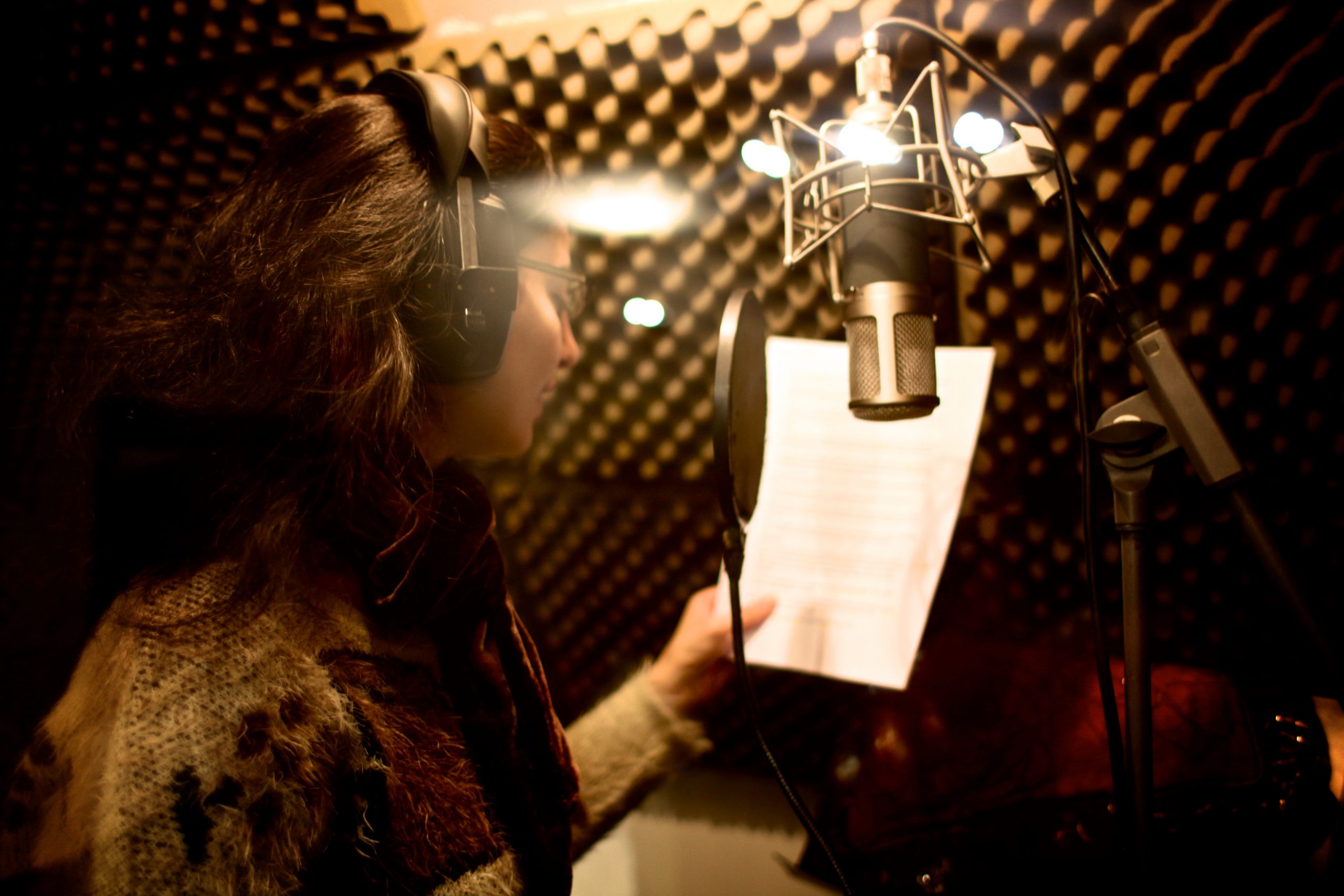
Recording Tips for a Successful Voice Over Session
When you are recording speech, especially if that is the only thing that is going to be the recording it’s important to eliminate as much outside noise as possible. Dedicated voice-over booths, found in TV stations, for instance, are treated to be completely dead. No reflections, outside noise or room sound. That way only the sound of your voice is being picked up by the microphone, nothing else.
Of course, it’s harder to deaden a complete room if you are recording at home but you can certainly set up a space that is deader than anywhere else in the room. You can achieve this with dedicated acoustic absorption, or with blankets and duvets if you are on a budget. Additionally, a dedicated vocal recording solution such as the sE Reflection Filter can help reduce the room sound that tends to creep into home recordings.
A good, large-diaphragm condenser is a good bet for capturing a full and balanced sound of the voice. There are many different brands of condensers out there but most of them get the job done. You don’t need a £2,000 condenser to get a nice recording of your voice. You can usually get by with a condenser that’s under £500, like the super silent Rode NT1A or the cheap Audio Technica AT2020.
When you have a nice quiet area to record in with your large condenser microphone then there are a few more things to worry about before hitting record. Some home recordings have a low hum to them due to background noise and such. You can reduce a lot of this low-end noise if your microphone has a low cut filter that cuts out most of the low end you don’t need. You will end up with a cleaner recording that’s free of annoying low-end noises.
If your microphone does not have a low-cut filter then you need to do some post-production mixing after recording. Using a high-pass filter in your audio program you can filter out most of that pesky low end you don’t need. Additionally, when you have your vocal tracks inside your audio program you can EQ them for more presence and character.
When you are recording voice over, or just vocals in general make sure you take these suggestions into consideration. Treating the wall behind the singer, reducing the room sound that can enter your microphone and filtering out unwanted low end will improve your vocal recording substantially.
I hope these suggestions helped.
Call BonaFideStudio on 0208 883 9641




